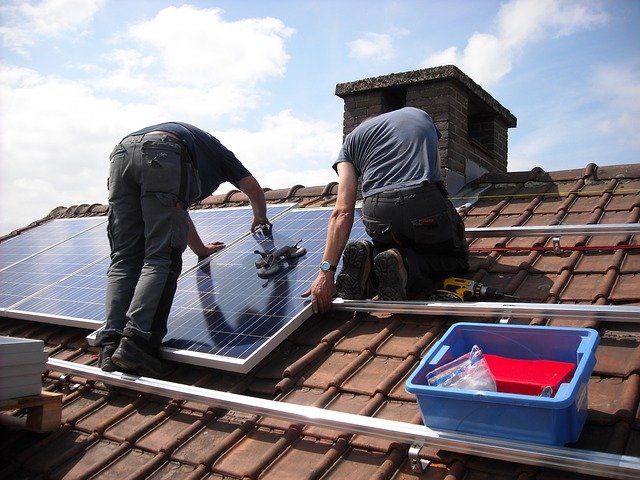What is LEED?
The LEED program was designed by the USGBC (U.S. Green Building Council) in order to push homeowners and building operators to pursue more environmentally friendly construction and operation methods and use resources more efficiently. LEED (Leadership in Energy & Environmental Design) is a tool in the green building toolbox that has reshaped the way we think about, design, construct and maintain structures and think about communities as a whole. The LEED program has enabled leaps in operating costs, increasing asset value, conserving resources and creating healthier indoor environments. The “green” movement wouldn’t be complete without a benchmarking tool which would enable unique energy saving building design to be recognized on a certifiable scale. The LEED program is this benchmarking tool.
LEED Certification and it’s Process
LEED standards were created in 1998 and the standards can be changed through proposals public offered and reviewed by member organizations of the USGBC. There are nearly 20,000 member organizations to the USGBC. The best way to understand the LEED certification process is to run through the requirements, which begins with choosing which LEED rating system best suits the particular project being examined. Parent rating systems include the following: Building design & construction, interior design & construction, building operations & maintenance, neighborhood development and homes.
Further, the groups of requirements are divided into sustainable sites credits, water efficiency credits, energy & atmosphere credits, materials & resources credits and indoor & environmental quality credits. These credits apply to the main category while three additional categories of credits exist which include neighborhood, homes and bonus credits. The bonus credit categories are particularly interesting and exhibit points for achieving innovative designs and environmental building designs in unique geographic regions.
Projects can earn points within the each of these categories within their parent rating system to satisfy green building requirements. The end result, and the number of points a particular project earns, determines the level of LEED certification. Levels of certification range from certified, silver, gold and the highest level, platinum. Registering a project is the first step, followed by preparing an application. The application includes general project information on satisfying chosen requirements within certain groups. Preliminary review and final review follow, leading to a final determination of the level of LEED certification. Varying levels of registration and certification fees apply to projects, decreasing in cost as higher levels of LEED are achieved.
The LEED Program Today
LEED standards have been a part of more than 7,000 projects in the US and have spread to 30 other countries as well. This equates to more than 1.5 billion square feet of developed area. Professionals who exhibit certain key technical knowledge and experience with green building techniques can become certified. LEED credentials include attaining the LEED green associate as well as LEED AP which designates your particular expertise in the different LEED rating systems.
LEED AP credential holders are required to maintain their certification through continuing education. The LEED program has become quite popular and enabled us to strive for more environmentally responsible design and building techniques. In a world where demising resources plague the future development of society, programs such as LEED are necessary steps towards taking responsibility for how we grow.
Today’s guest post was contributed by Josh McCarthy from the BobHeinmillerSolar.com blog team. Josh is from Orlando,Florida. He is a finance major at the University of Central Florida and enjoys trading stock options. He enjoys all athletics and is trying to make money for an engagement ring.





